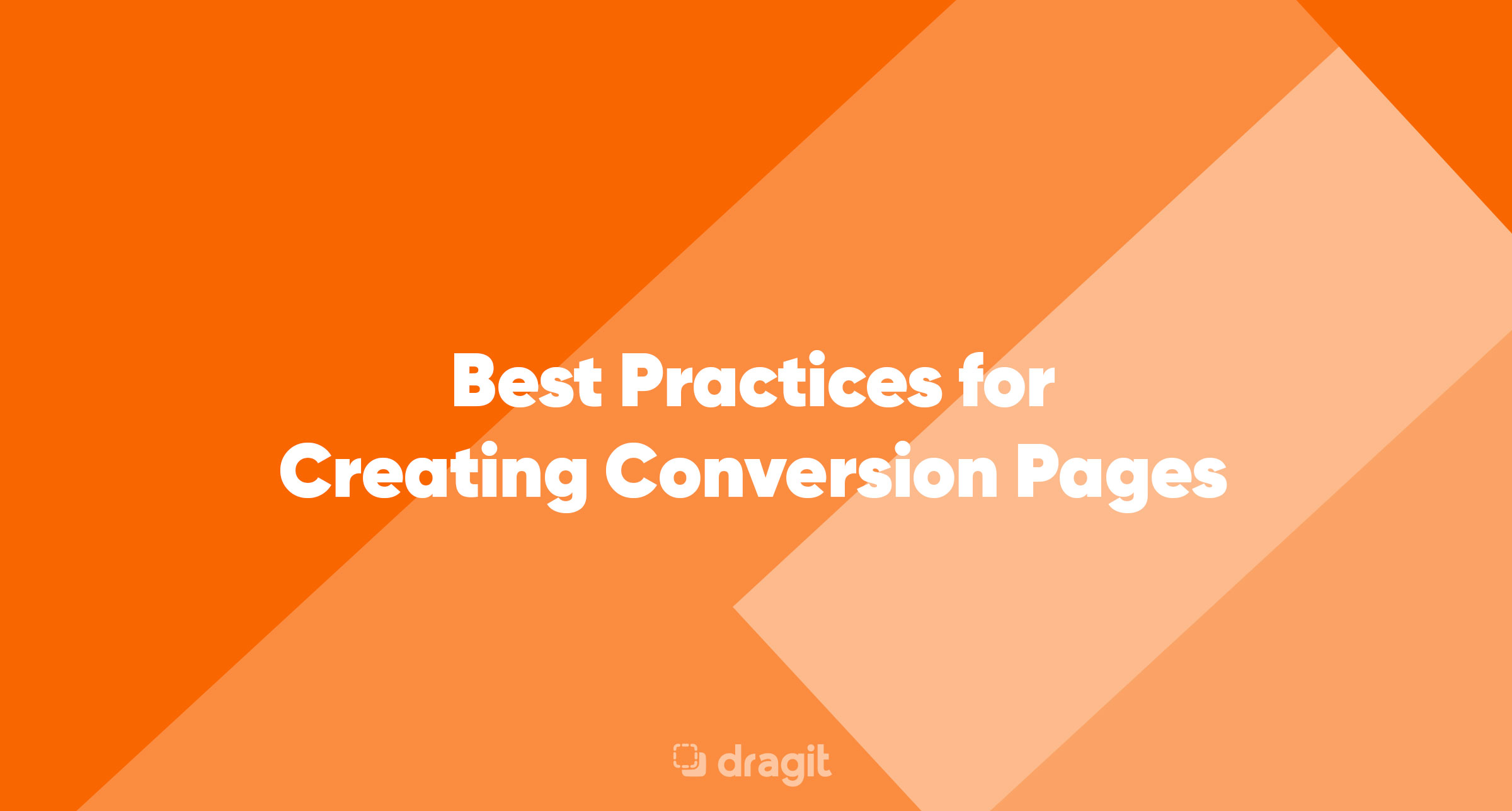Conversion pages are the linchpins of your Sales Funnel, turning casual visitors into committed customers. But what makes a conversion page truly effective? This article will walk you through the best practices for creating conversion pages that not only captivate but convert.
Understanding Conversion Pages
Before diving into best practices, it's essential to understand what conversion pages are. In the context of a Sales Funnel, a conversion page is a dedicated webpage designed to drive visitors to take a specific action. This action could be anything from signing up for a newsletter, making a purchase, or booking an appointment. The primary goal of conversion pages is to guide visitors towards this desired outcome, minimizing distractions and maximizing conversions.
Best Practices for Creating Conversion Pages
-
Clear and Compelling Headlines:
- Your headline is often the first thing visitors see. It should be clear, concise, and convey the primary benefit or value of what you're offering.
- A compelling headline grabs attention and encourages visitors to stay and explore further.
-
Engaging Visuals:
- Use high-quality images or videos that resonate with your target audience and complement the message of your conversion page.
- Visuals can break up text, making the page more digestible and engaging.
-
Focused and Relevant Content:
- Keep the content on your conversion pages focused on the primary goal. Avoid unnecessary information that might distract visitors.
- Highlight the benefits of your offer, addressing potential pain points or problems your product or service can solve.
-
Strong Call to Action (CTA):
- Your CTA is the heart of your conversion page. It should stand out, be clear about what you want the visitor to do, and convey a sense of urgency or benefit.
- Use action-oriented language like "Get Started," "Buy Now," or "Learn More."
-
Minimize Distractions:
- Remove unnecessary navigation menus, links, or any other elements that might divert attention away from the primary goal of the page.
- Keep the design clean and straightforward, focusing on the main action you want visitors to take.
-
Build Trust:
- Include testimonials, reviews, or case studies to showcase the value of your offer and build credibility.
- Display any relevant certifications, awards, or trust badges to further instill confidence in your visitors.
-
Optimize for Mobile:
- With a significant portion of web traffic coming from mobile devices, ensure your conversion pages are mobile-friendly.
- Test the page on various devices to ensure a seamless user experience.
-
Fast Loading Times:
- Slow-loading conversion pages can deter visitors and negatively impact conversions.
- Optimize images, use content delivery networks (CDNs), and minimize the use of heavy scripts to ensure your page loads quickly.
-
A/B Testing:
- Regularly test different elements of your conversion pages, from headlines to CTAs, to determine what resonates most with your audience.
- A/B testing allows you to refine your page based on real user data, ensuring optimal performance.
- Integrate with the Sales Funnel:
- Ensure that your conversion pages are seamlessly integrated into your Sales Funnel, guiding visitors smoothly from one stage to the next.
- After a successful conversion, direct visitors to a thank-you page or offer them the next step in the Sales Funnel, whether it's a related product or additional content.
Conclusion
Creating effective conversion pages is both an art and a science. By understanding your audience, offering clear value, and continuously refining your approach, you can craft conversion pages that drive results. Remember, in the vast digital landscape, your conversion pages are pivotal touchpoints in your Sales Funnel. By adhering to these best practices, you can ensure that these pages not only attract but also convert, driving growth and success for your business.
